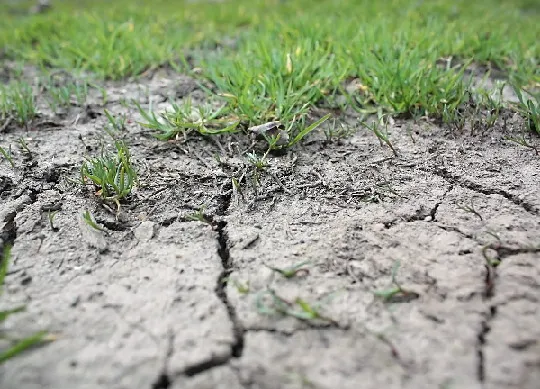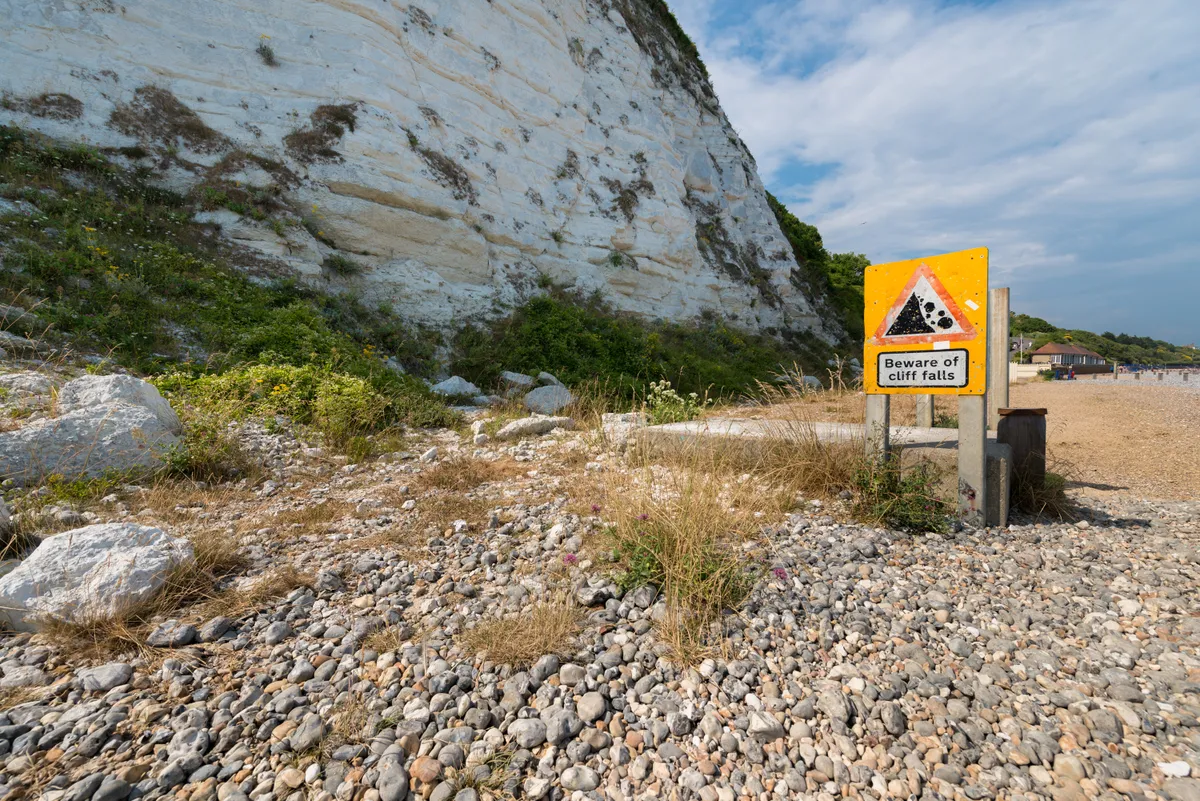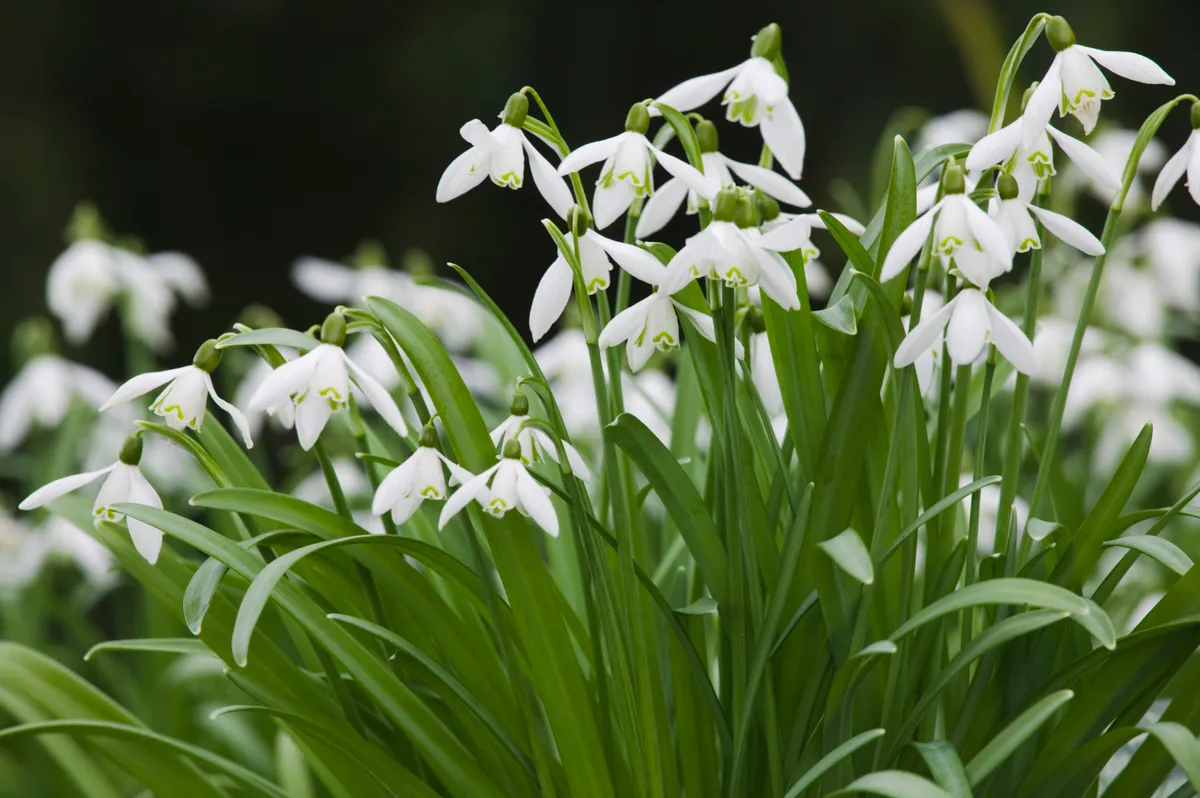Some shocking global climate change developments have been documented recently, including the revelation that a third of the Himalayan ice cap is now certain to melt.
The UK is far from impervious to climate change – from extremes of weather to flooding and coastal erosion, the potential impacts for the countryside, farming and wildlife and other elements of the great outdoors that we love, are significant. Following the release of the State of Nature 2019 report, Mark Rowe explores the concerns – and what can be done to mitigate them.
What’s the problem?
The consensus of the vast majority of academic scientific study is that climate change is not only real, it is happening now, and it is affecting the UK. Average UK temperatures having risen by around 1ºC over the last century; we are seeing a trend towards warmer winters and hotter summers (the UK has experienced eight of the ten warmest years on record since 1990); sea levels around our coast are rising by around 3mm a year and there is emerging evidence of changing rainfall patterns.

State of Nature 2019 report: key findings
The UK’s wildlife continues to decline, according to the State of Nature 2019 report. The latest findings show that since rigorous scientific monitoring began in the 1970s there has been a 13% decline in average abundance across wildlife studied and that the declines continue unabated. Notably, the 2019 report found that no real improvements had been made since the 2016 report.
The report also shows that 41% of UK species studied have declined, 26% have increased and 33% shown little change have declined since 1970, while 133 species assessed have already been lost from our shores since 1500.
Britain's agricultural changes were found to be the main contributing factor, with climate change identified as having the second the biggest impact to wildlife. Pollution and growing urbanisation and invasive species were also found to contribute to species decline.
Daniel Hayhow, lead author on the report, said: “We know more about the UK’s wildlife than any other country on the planet, and what it is telling us should make us sit up and listen. We need to respond more urgently across the board if we are to put nature back where it belongs. Governments, conservation groups and individuals must continue to work together to help restore our land and sea for wildlife and people in a way that is both ambitious and inspiring for future generations”
Key figures
- 460 million tonnes of oil equivalent – total UK greenhouse gas emissions 2017. This is a reduction of 3% on the previous year.
- 80% The amount by which the UK is committed to reducing carbon emissions by 2050, based on 1990 levels.
- 35% of blanket bog in Scotland has eroded since 1990, due to drier summers and more frequent extreme rain.
- The chances of a summer heatwave such as that of 2018 is 30 times higher than it was in the 18th century.
Coastal erosion
The sea level around the UK has risen by 10cm since 1990. The most vulnerable coastal areas are those where the geology is less resilient in the face of wave energy, greater sea surges and storms.
At Aldbrough on the Holderness coast of North Yorkshire, the cliffs are made of soft till, a mixture of clay and silt that are eroding at the rate of 1.5 metres per year. In South Devon, Storm Emma washed away around 400m of the 1.5km stretch of the A379 between Slapton and Strete Gate in March 2018.

The Committee on Climate Change says that some coastal communities and infrastructure are likely to be unviable and that ‘this problem is not being confronted with the required urgency or openness…. Major coastal assets, such as cities and critical infrastructure will require investment in higher standards of protection as sea levels rise. Long-term plans to adapt to changes are required everywhere.’
Wildlife
There is already clear evidence of a northwards shift in species distributions and the timing of seasonal events due to climate change. Headwaters of rivers are warming in winter and spring, whereas the lower reaches are warming in summer.
Butterflies and moths have been particularly hard hit with numbers of butterflies down by 17% and moths down by 25%. The numbers of species, such as the High Brown Fritillary and Grayling, that require more specialised habitats have declined by more than three quarters.
The UK’s mammals also fare badly with greater than 26% of species at risk of disappearing altogether. The wild cat and greater mouse-eared bat are among those species teetering on the edge of disappearing.
Studies of amphibians, freshwater fish and mammals; and of damselflies, spiders and millipedes show an average northwards shift of 31-60 km and a mean increase in altitude of 25m over 25 years. Of 329 species studied, 275 species shifted northwards while 52 shifted south.
Other studies show that more than one quarter of the 3,000 plants and animals monitored were at high to medium risk of losing their habitats with only half of those affected able to move into new areas. The mountain ringlet butterfly has shifted uphill by 150m in response to warmer temperatures.

Life cycles of some species are no longer synchronised with those of species on which they depend. Flowers such as snowdrops are blooming earlier and oaks are leafing earlier.
The northern margins of many species of bird have moved further north by an average of 18.9 km over the past 20 years. The Scottish crossbill, the UK’s only endemic bird, is at risk of extinction as it has nowhere further north to go to escape warmer temperatures. Summer warming may have driven recent large declines in ring ouzel.
Wetland birds such as redshank will find their habitats threatened: saltmarshes will become inundated by the sea while moors and wet grasslands will dry out in hotter summers.
The changing climate is thought to be beneficial for the Dartford warbler, avocets, sanderlings and little egrets. Some species of moth, wasps and bees may also benefit.
Rivers and flooding
According to the government’s own 2017 climate change risk assessment, increases in heavy rainfall and significantly increased risks from surface flooding are likely. The assessment points to the heavy rainfall and flooding over the winter of 2015/16 as an example of the costs and disruption that can be caused by extreme weather. Total rainfall from extremely wet days has increased by 17% since the 1960s.
Saltwater inundation from tidal surges may damage fragile tidal habitats and kill fish and affect birds that feed off them.
Areas likely to be affected include those where rainfall is already significant, including Cumbria, Lancashire and the west coast of Scotland. In some places, the land may well simply be let go. In November 2016, the government allocated £15 million specifically for natural flood management projects in England.
Farming and food
The government is on record as saying that it ‘recognises that climate change will present significant risks to the availability and supply of food in the UK.’
Paradoxically, given the forecast for greater rainfall, climate change combined with population growth may put greater pressure on water availability, which is likely to affect how and which crops are grown.
The Committee on Climate Change has called for changes in land practice to mitigate the impacts of climate change, including a reduction in livestock numbers, increased tree planting, improved forest management, restoration of peatlands.
What has been done in response?
The UK’s total greenhouse gas emissions have declined by 42% between 1990-2017; carbon dioxide emissions have dropped by 37% over the same period. However, the cut in emissions is mainly due to a reduction in the use of coal for energy generation.
In December 2015, the UK joined 195 countries in signing an historic global deal to tackle climate change. The Paris Agreement commits the international community to reduce greenhouse gas emissions in order to avoid some of the most severe impacts of climate change.
In June 2018, the Committee on Climate Change acknowledged that the UK was not on track to meet emissions targets for the 2020s and 2030s. It concluded that ‘emissions outside of power and waste have plateaued’.
Offshore wind has also expanded and come down in price – it is now cheaper than the cost of new nuclear power. Between July and September 2018, almost one third of the UK’s electricity came from renewable sources.
What can we do?
Individuals can take two approaches to help tackle climate change.
On a personal level you can look to reduce your carbon footprint. This can involve switching to renewable energy, such as solar or ground source heat pumps; turning your thermostat down 1C; insulating your home ( a third of all heat loss in uninsulated homes is through the walls ; reducing your meat consumption, particularly beef (animal agriculture is responsible for 14.5% of global greenhouse gas emissions); recycle more – and reduce your consumption of plastic and consider making everyday items such as clothes last longer. You will find useful advice at www.energysavingtrust.org.uk and www.carbonfootprint.com.
You can also consider joining a campaign or a grassroots organisation. This could be either a conservation organisation and volunteering for them; or a social media campaigning movement, look at www.change.org, or 350.org. Or this could involve encouraging tree planting – trees convert carbon dioxide into harmless carbon and oxygen, but the government admits planting is at a level two thirds lower than it needs to be.
Sources: Full Fact, Department for Business, Energy & Industrial Strategy, Committee on Climate Change’s 2018 Progress report. UK Climate Change Risk Assessment 2017; RSPB; Joint Nature Conservation Committee; British Geological Survey; UN Food and Agriculture Organisation; Met Office; Centre for Ecology and Hydrology.

